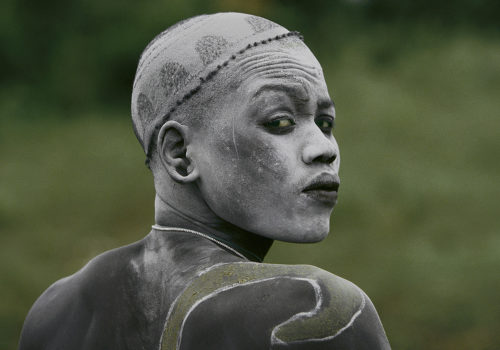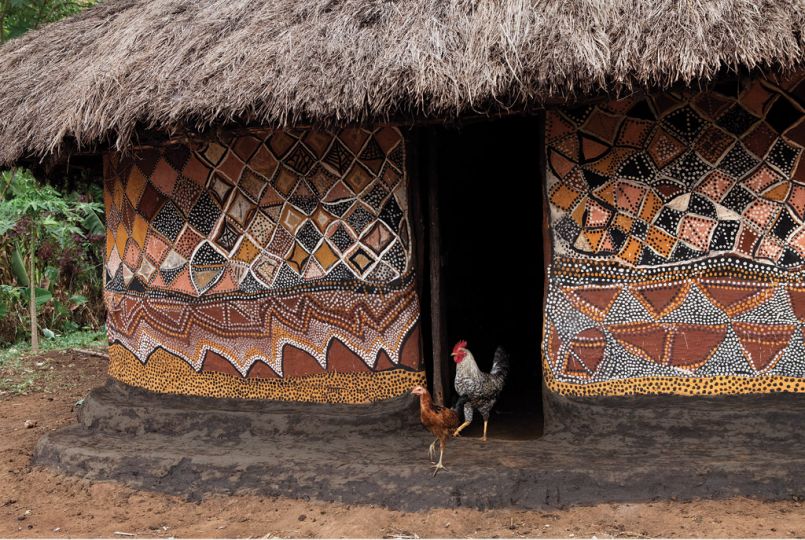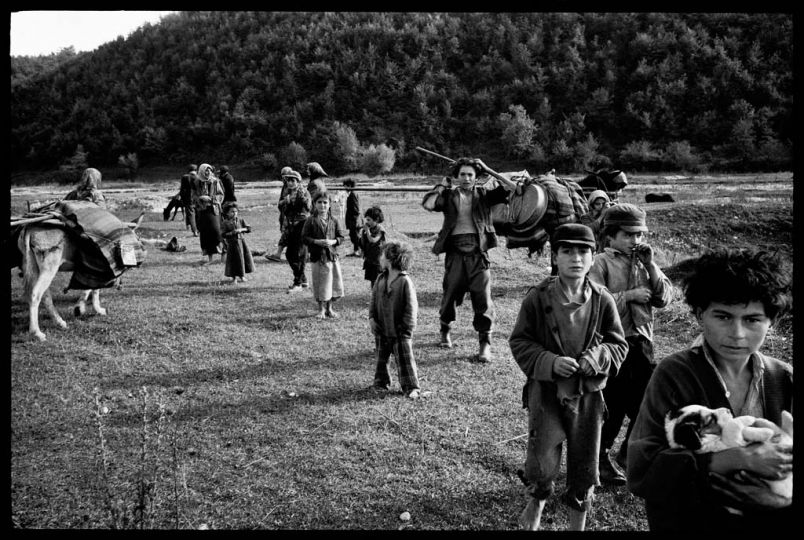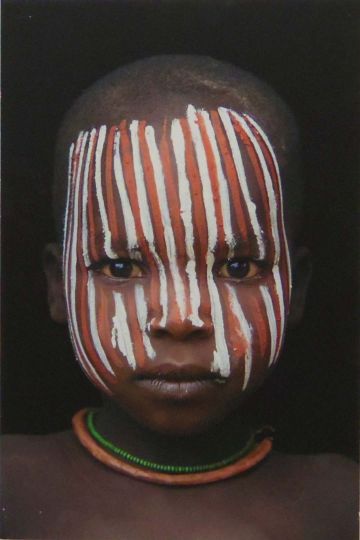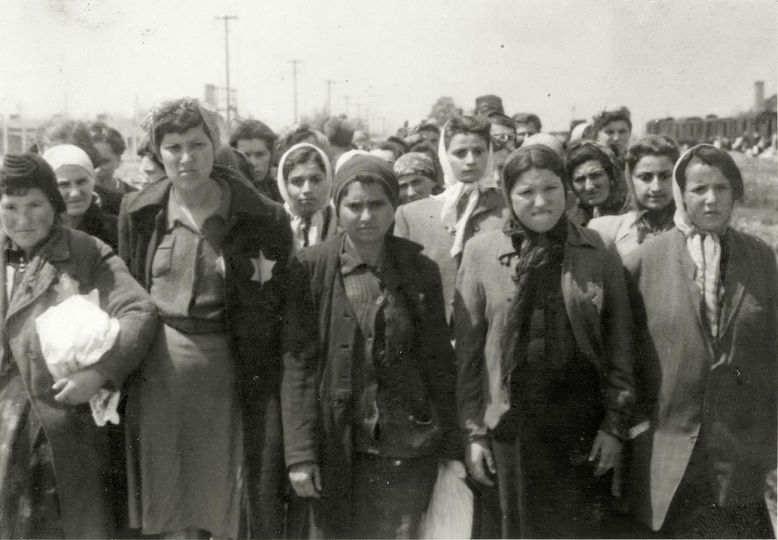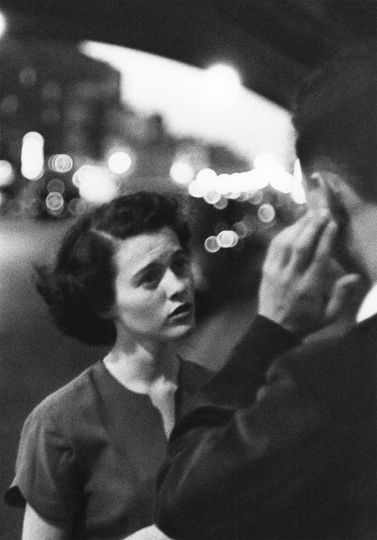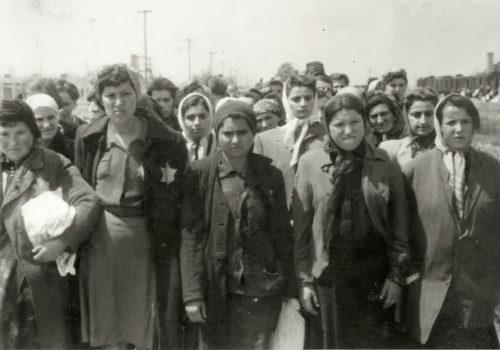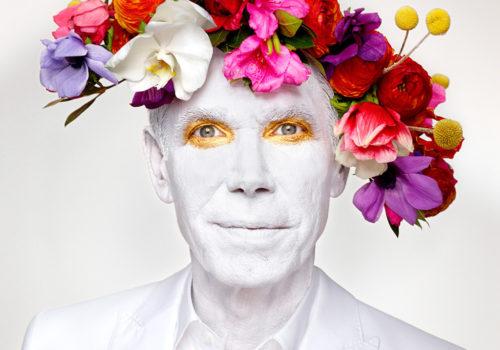The Bench people, an important ethnic group of farmers of more than 130,000 people, live 600 km south of Addis Ababa in Ethiopia. Their territory is very mountainous with an altitude of 1,600 to 3,000 metres above sea level. The climate is tropical but very healthy because of the altitude (very little malaria). The tribe grows bananas, mangos, coffee…etc. Their whole territory is under cultivation: all of the mountains are completely covered with fields and plantations. Maize and sorghum form the basis of their diet.
They live in huts made of wood and earth mixed with cow dung, the roofs are thatched with grass. Some of the houses are painted inside and out, with natural colours that are found locally. Neighbours help with the construction and repair. There are very few villages, instead they live in isolated houses or in small hamlets. The interior of the huts is divided into two parts: one half for the family and the other for the domestic animals (cows, sheep, goats, chickens). Outside as in the interior, there are seats and benches made of clay.
They are farmers who produce all their own food, so they have all they need to eat. They harvest very little more than their own needs, so they have very little to sell and it’s because of this and because of their isolation that they are so poor, the average family income is around 100 dollars per year.
The Bench have their own language, and those who speak Amharic (the official language of Ethiopia) are few, it is a region where communication is very difficult and travelling around can only be done on foot. Because of the mountains there are no roads at all in their region, except for the single national highway which runs from Addis Ababa to the regional capital Mizan, the only city in Bench territory.
The Bench have been Christians for centuries, the Ethiopian government has made a great attempt at educating them. Today most children go to school, in spite of the long hours spent walking there and back. This is very important , the children can learn the official language.
The number of children is impressive, contraception is not practiced by the Bench and the average number of children per woman is 10 or more. Not all of the houses have painted decoration, in fact it is only a small number that are decorated like this. It is difficult to find them as the only way to reach them is on foot. It is the women and girls who decorate them with great imagination, the paintings are fragile and have to be retouched twice a year. As the huts are dispersed throughout the mountains it takes a real effort to get to them. Because of this, no one had ever before been interested in the beauty of these decorated huts.
Hans Sylvester

